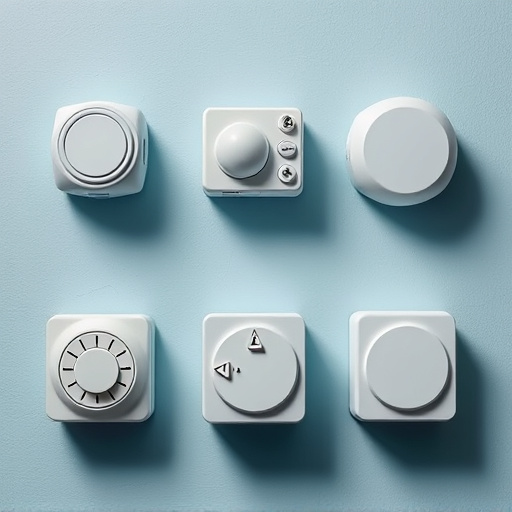Maximum Decibel Personal Alarms (105-120 dB) deter threats through high-intensity sound, startling attackers and alerting bystanders for escape or help. These alarms offer water resistance, long battery life, automatic activation, GPS tracking, and stun capabilities, enhancing safety during solo travel, remote areas, or urban nights. Effectiveness depends on meeting legal decibel standards (above 100 dB) to deter threats without causing harm or disturbance.
Personal protection devices with audible alarms offer a powerful tool for safety, especially in situations where immediate attention is needed. Understanding how these devices work and their effectiveness in deterring potential threats is crucial. This article delves into the world of personal alarms, exploring various types, their features, and the importance of maximum decibel levels to ensure optimal safety without legal repercussions.
- Understanding Audible Alarms: Power and Effectiveness
- Types of Personal Alarms: Features and Functionality
- Maximizing Decibel Levels: Safety and Legal Considerations
Understanding Audible Alarms: Power and Effectiveness
Audible alarms in personal protection devices are designed to draw immediate attention and deter potential threats through high-intensity sound. The power of an alarm is measured in decibels (dB), with higher dB values indicating greater intensity. A maximum decibel personal alarm typically ranges from 105 to 120 dB, which is several times louder than a typical conversation or household noise. This intense volume can startle attackers, disrupt their focus, and create an opportunity for the wearer to escape or seek help.
The effectiveness of these alarms lies in their ability to communicate urgency and danger quickly. The loud sound can be heard from a considerable distance, alerting nearby individuals or emergency services. In many cases, the sheer force of the alarm can deter would-be assailants before they act, providing valuable time for the wearer to react and ensure their safety. This makes audible alarms an essential component in personal safety strategies, especially in situations where discreet self-defense options may not be feasible.
Types of Personal Alarms: Features and Functionality
Personal alarms designed for safety come in various types, each with unique features and functionalities tailored to different needs. One key factor that distinguishes them is the maximum decibel level they can produce. High-decibel personal alarms, typically ranging from 105 to 120 decibels, are game-changers when it comes to deterring potential threats. Their loud, piercing sounds draw attention and can startle assailants, providing crucial time for escape or help.
These alarms often incorporate features like water resistance, long battery life, and automatic activation upon impact or movement. Some models even offer additional functions such as GPS tracking and stun capabilities. The right personal alarm ensures you’re prepared and felt secure in various situations, be it while traveling alone, hiking in remote areas, or simply navigating bustling urban streets at night.
Maximizing Decibel Levels: Safety and Legal Considerations
Personal alarms with audible alerts are an effective tool for self-defense, but their safety and legality depend on maximized decibel levels. These devices should emit sounds exceeding 100 decibels (dB) to ensure they’re heard above ambient noise, especially in noisy environments or outdoor spaces. This threshold is crucial because it allows users to attract attention quickly and potentially deter potential threats.
Many countries and regions have regulations governing the maximum decibel levels of personal alarms to balance public safety and individual freedoms. Exceeding these legal limits can lead to fines or other penalties. Users should choose devices that consistently meet or exceed the required decibel standards, ensuring their alarm serves its intended purpose effectively without causing harm or unnecessary disturbance to bystanders.
Personal protection devices with audible alarms are powerful tools for enhancing individual safety. Understanding how these alarms work, exploring their diverse types, and ensuring maximum decibel levels can significantly contribute to personal security. When used responsibly, these devices offer peace of mind in potentially dangerous situations. Remember, when it comes to personal safety, a high-decibel alarm can be a game-changer, providing effective deterrence and the potential for a safer environment.
